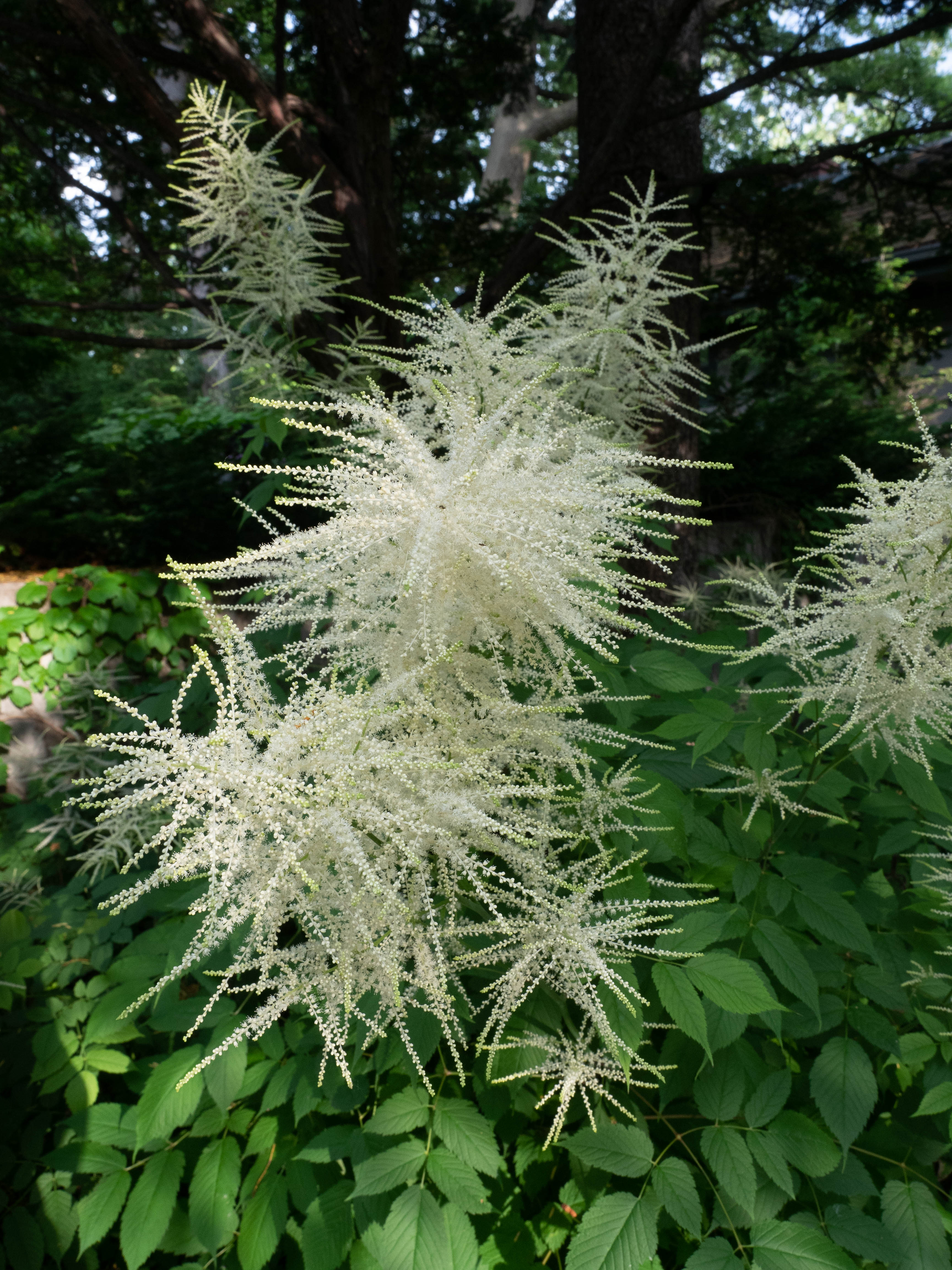
5 minute read
The Flowers They Love
Image: Bees go gaga for this melon-colored dahlia, ‘Happy Single Date.’ Growing nearly 3 feet tall, this variety is ideal for flower beds, borders and containers.
No matter the size of your garden, whether it’s a window box or a sprawling landscape, the plants you grow can play an essential role in supporting a rich biodiversity of plants, animals and insects. We now know that what we do as gardeners is critical, as researchers have projected that a million plants and animals are at risk of extinction, many within decades.
STORY AND PHOTOS GAIL HUDSON
Minnesota alone is home to thousands of insect pollinator species, including 508 species of native bees, according to the University of Minnesota, as well as hundreds of native plant species waiting to be pollinated by those insects.
Each of those insects might access nectar differently. For example, a butterfly has a long proboscis or food tube that they use to suck the nectar from a tubular flower. Bees lap up sugar-rich nectar with either short tongues or long tongues. Longer tongues make those bees specialists, favoring a few deep-throated flower species. Some bee species are generalists, too, visiting many different flowers.
But catering to this buzzy crowd is not as difficult as it might seem. Fortunately, the flower type, shape, color, odor, nectar and structure vary by the type of pollinator that visits them.

By paying attention to flower shapes, you’ll go a long way in helping to boost the biodiversity in your yard and garden. The benefits are twofold: A diversity of flower shapes feeds a wider range of pollinators and creates good garden design to add interest to your flower beds.
Become a matchmaker with flower shapes and pollinators, with guidance from the University of Minnesota Bee Lab.
FLOWER SHAPE #1
Daisy

One of the most accessible flower shapes for pollinators is the daisy, with rows of ray petals surrounding a disk made up of many small, tubular flowers. Think of it like a landing pad for a bumblebee (Bombus spp.) to collect a drink of nectar from the middle. Daisy shapes are good for beetles (Coleoptera) and butterflies (Lepidoptera), too. Some bees and plants are very closely matched, with the bee tongue sized to the flower depth. For example, New England asters are visited primarily by long-tongued bees, bee flies, butterflies and skippers.
DAISY-SHAPED FLOWERS
• Asters (Symphyotrichum novae-angliae, zone 3)
• Bird’s-foot violet (Viola pedata, zone 4)
• Black-eyed Susans (Rudbeckia, zone 3)
• Borage (Borago officinalis, zone 2)
• Dahlias (shown below)
• Hungarian Daisy (Leucanthemella serotina, zone 4, shown above)
• Multiflora rose
• Purple coneflower (Echinacea purpurea, zone 4)
• Sneezeweed (Helenium autumnale, zone 3)
• Sunflowers (Helianthus, zone 2)

FLOWER SHAPE #2
Umbel

An important shape that’s often forgotten in garden design is the umbel—a cluster of tiny flowers on short stalks that spread from a common point, like the ribs of an umbrella. Plants in the celery family (Apiaceae) have umbel-shaped blooms. The nectar can be quickly accessed, making it especially attractive to hoverflies and wasps.
UMBEL-SHAPED FLOWERS
• Angelica (Angelica gigas, zone 4, shown below)
• Joe-pye weed (Eupatorium purpureum, zone 3)
• Sedum ‘Autumn Joy’ (zone 3)
• Yarrow (Achillea millefolium, zone 3, shown above)

FLOWER SHAPE #3
Spire or Spike

The fluffy purple flower spikes of blazing star (Liatris spp., zone 3) are a butterfly magnet, particularly for the monarch butterfly. The spikes can be anywhere from 2 to 5 feet tall, blooming from July to September. Blazing star is a host plant for the liatris flower moth, but it’s also visited by many kinds of bees, hoverflies and the rare phlox moth (Schinia indiana), which is listed of “special concern” in Minnesota.
SPIRES OR SPIKY FLOWERS
• Astilbe (zone 3, 4, 5, shown above)
• Black cohosh (Actaea racemosa, zone 3)
• Hyssop (Agastache, zone 4)
• Liatris (Liatris aspera, zone 3)
• Mountain fleece (Bistorta amplexicaulis ‘Firetail’, zone 4)
FLOWER SHAPE #4
Ball or Button

Consider planting flowers with this unusual shape more often. These orbs are heavily used by bees of all sizes. The flowering heads of rattlesnake master attract many kinds of insects including long and short-tongue bees, wasps, flies, butterflies, skippers, moths, beetles, and plant bugs.
BALL OR BUTTON FLOWERS
• Allium (shown above)
• ‘Annabelle’ hydrangea (zone 3)
• Blue Star Sea Holly (Eryngium alpinum, zone 2, shown below)
• Common milkweed (Asclepias syriaca, zone 3)
• Rattlesnake master (Eryngium yuccifolium, zone 3)

FLOWER SHAPE #5
Plume
These flowers typically have long, arching stems, which persist through the summer and fall, attracting honey bees, bumblebees, ants and beetles.
PLUME-FLOWERING PLANTS
• Goatsbeard (Aruncus dioicus, zone 4, shown below)
• Goldenrod (Solidago spp., zone 3, 4, 5)
• Solomon’s plume (Maianthemum racemosum, zone 3)

RESOURCES
Learn how to create a cafe for a variety of pollinators in your yard:
Minnesota Biodiversity Atlas: Plants of the Pollinator Garden at the University of Minnesota Bee Lab bellatlas.umn.edu/checklists
University of Minnesota Bee Lab beelab.umn.edu/plant-flowers
U.S. Wildflowers uswildflowers.com
University of Missouri-Extension: Pollination Mechanisms and Plant-Pollinator Relationships extension.missouri.edu/ publications/m402



